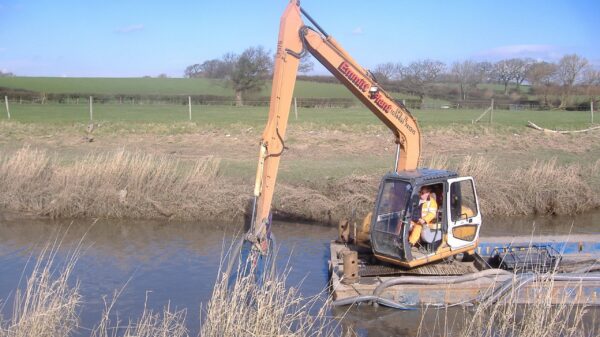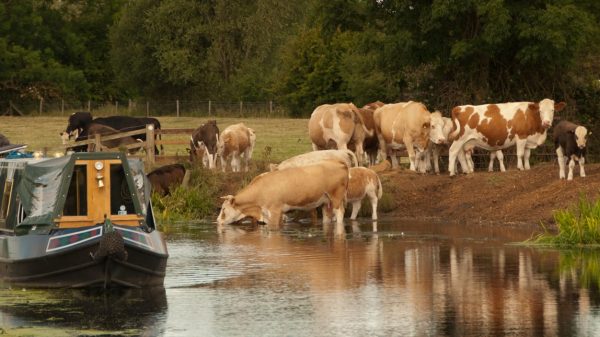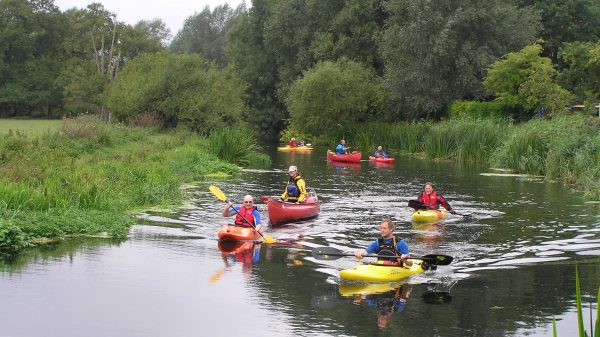Chemical and physicochemical elements supporting the biological elements
- General
- Thermal conditions
- Oxygenation conditions
- Salinity
- Acidification status
- Nutrient conditions
- Specific
- Pollution by all priority substances discharged into the water body
- Pollution by other substances discharged in significant quantities into the water body
Overall ecological status is determined from the lowest ranking status of each of the three elements. So ‘poor’ hydro-morphology causes an overall ‘poor’ ecological status score (regardless of the actual biological and chemical status, though it must be recognised there are interactions).
The Environment Agency is tasked with preparing River Basin Management Plans (RBMPs) on a cyclic basis every six years. RBMPs define actions that will improve the overall ecological status of every water-body within each River Basin District that is not already ‘Good Ecological Status’ or ‘Good Ecological Potential’. If the process does not happen or defined actions or targets for improvement are not met then the Environment Agency may be fined by the European Union.
RBMPs are prepared (to date) in consultation with ‘stakeholders’ in ‘River Basin District Liaison Panels’ (RBDLPs). These include some recreational/navigation representatives but the vast majority of ‘stakeholders’ represent wildlife trusts/projects, fishing and landowner bodies. Policies are developed by consensus in a series of workshops. This methodology ensures that most proposed navigation-related policies focus on reducing environmental damage caused by boats.






